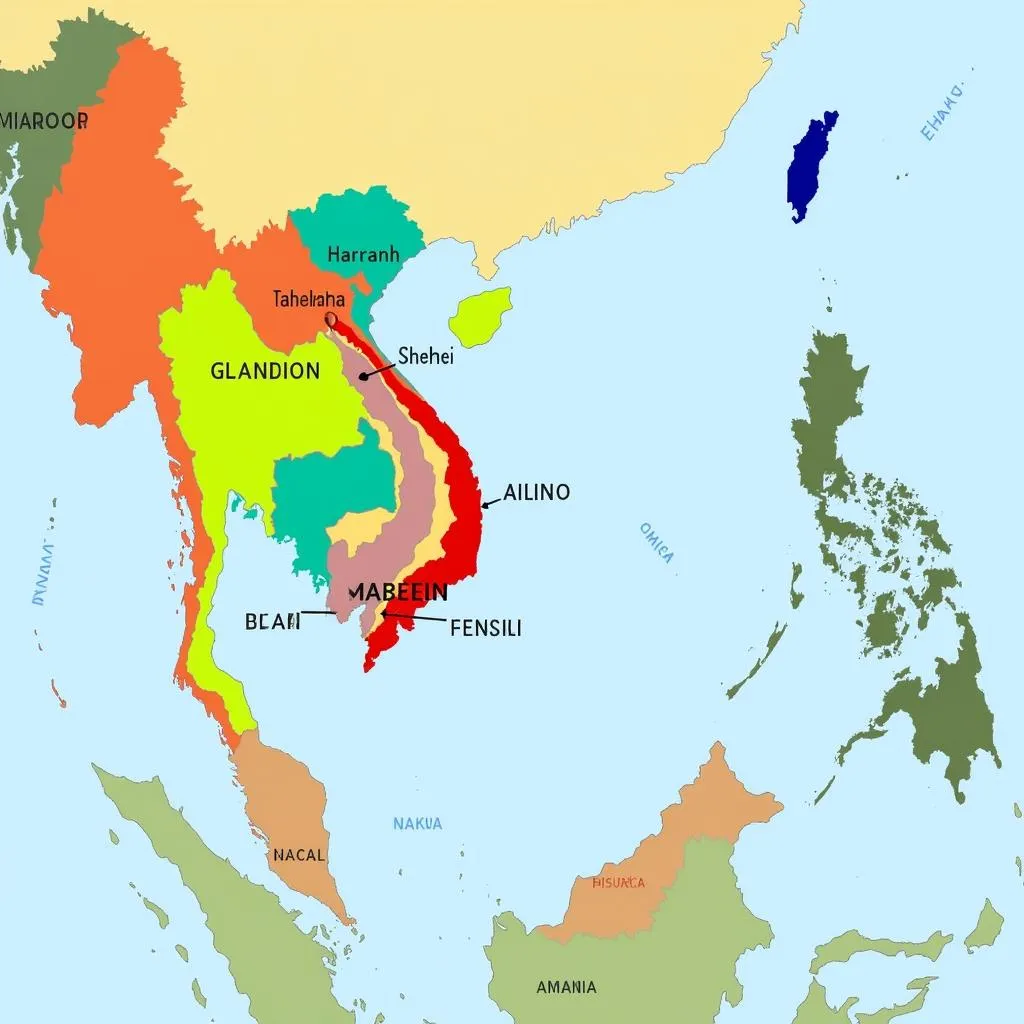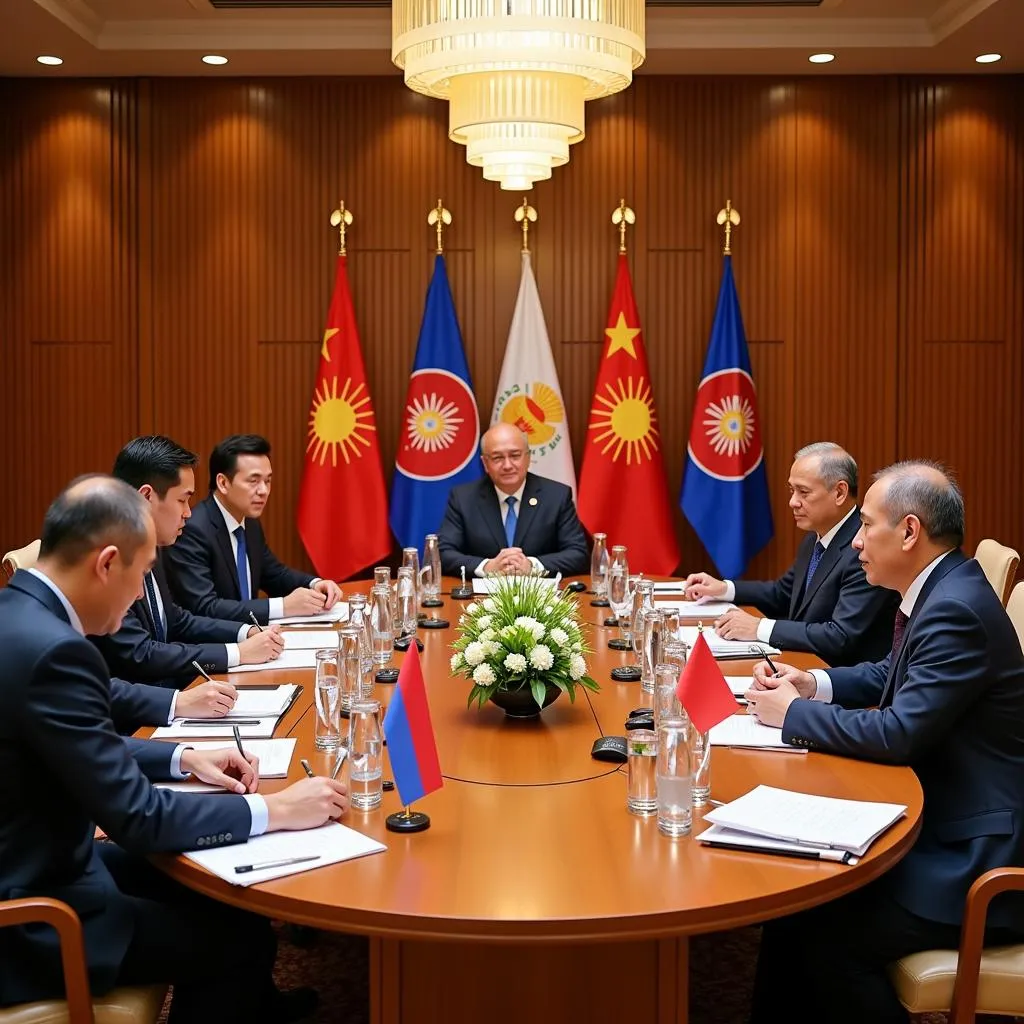Southeast Asia, a vibrant tapestry of cultures, landscapes, and histories, is home to the Association of Southeast Asian Nations (ASEAN). This regional organization, comprising 10 member states, plays a pivotal role in fostering political, economic, and social cooperation amongst its members.
 Map of ASEAN Countries
Map of ASEAN Countries
Delving Deeper: What is ASEAN?
Established in 1967, ASEAN was founded by Indonesia, Malaysia, the Philippines, Singapore, and Thailand. Today, it encompasses Brunei Darussalam, Vietnam, Laos, Myanmar, and Cambodia. The primary objective of ASEAN is to accelerate economic growth, promote regional peace and stability, and enhance collaboration in various sectors.
One of the key achievements of ASEAN is the establishment of the ASEAN Free Trade Area (AFTA), which aims to boost intra-regional trade by reducing tariffs and removing trade barriers. This initiative has significantly contributed to the economic integration and growth of Southeast Asia.
ASEAN’s Impact on Southeast Asia
The influence of ASEAN extends far beyond economic cooperation. The organization actively promotes dialogue and cooperation on political and security issues, addressing common challenges such as transnational crime, terrorism, and maritime security.
Moreover, ASEAN recognizes the importance of cultural exchange and people-to-people connectivity in fostering a sense of community within the region. Through initiatives like the ASEAN Socio-Cultural Community Blueprint, the organization aims to promote understanding, tolerance, and appreciation for the diverse cultures and heritage of Southeast Asia.
ASEAN in the Global Context
ASEAN plays a crucial role in the global landscape, engaging in dialogues and partnerships with other regional and international organizations. The ASEAN Regional Forum (ARF), for example, serves as a platform for dialogue on security issues involving ASEAN and its dialogue partners, including major powers like the United States, China, and Russia.
 ASEAN Summit Leaders
ASEAN Summit Leaders
Furthermore, ASEAN has actively pursued free trade agreements with dialogue partners like China, Japan, and India, strengthening its economic ties with the rest of the world.
The Future of ASEAN and Southeast Asia
As Southeast Asia continues to evolve and face new challenges, ASEAN’s role in navigating these complexities remains crucial. The organization’s commitment to dialogue, cooperation, and integration will be instrumental in ensuring regional stability, economic prosperity, and social progress.
Some of the key challenges facing ASEAN include narrowing the development gap between member states, addressing issues related to climate change and environmental degradation, and managing the geopolitical complexities of the region.
ASEAN and Southeast Asia: A Symbiotic Relationship
The relationship between Asean And Southeast Asia is deeply intertwined. The organization’s success is intrinsically linked to the well-being and progress of its member states. By fostering cooperation, promoting dialogue, and addressing common challenges, ASEAN contributes significantly to the peace, stability, and prosperity of Southeast Asia.
In conclusion, ASEAN plays a vital role in shaping the future of Southeast Asia. By promoting regional integration, fostering dialogue, and addressing common challenges, the organization contributes to creating a more peaceful, prosperous, and interconnected region.
Need Assistance?
Contact us at:
- Phone Number: 0369020373
- Email: aseanmediadirectory@gmail.com
- Address: Thon Ngoc Lien, Hiep Hoa, Bac Giang, Vietnam
Our dedicated customer support team is available 24/7 to assist you.
